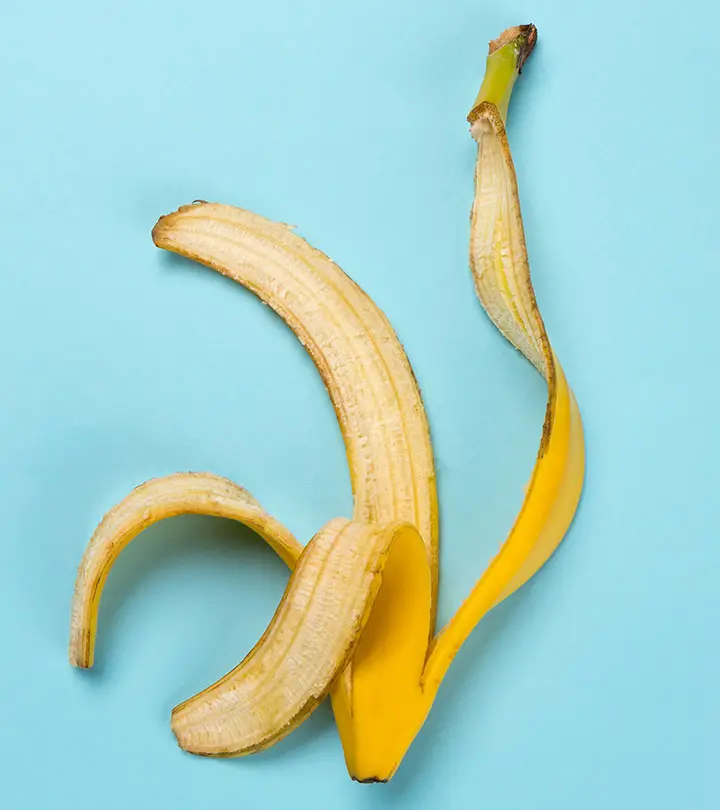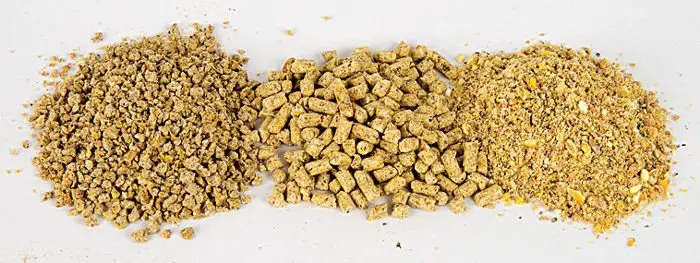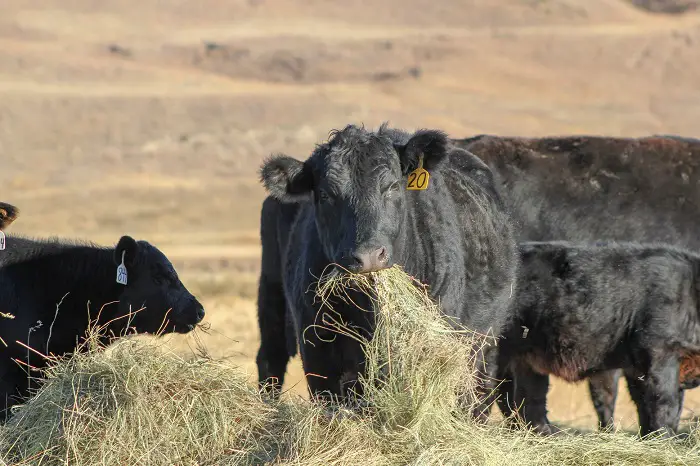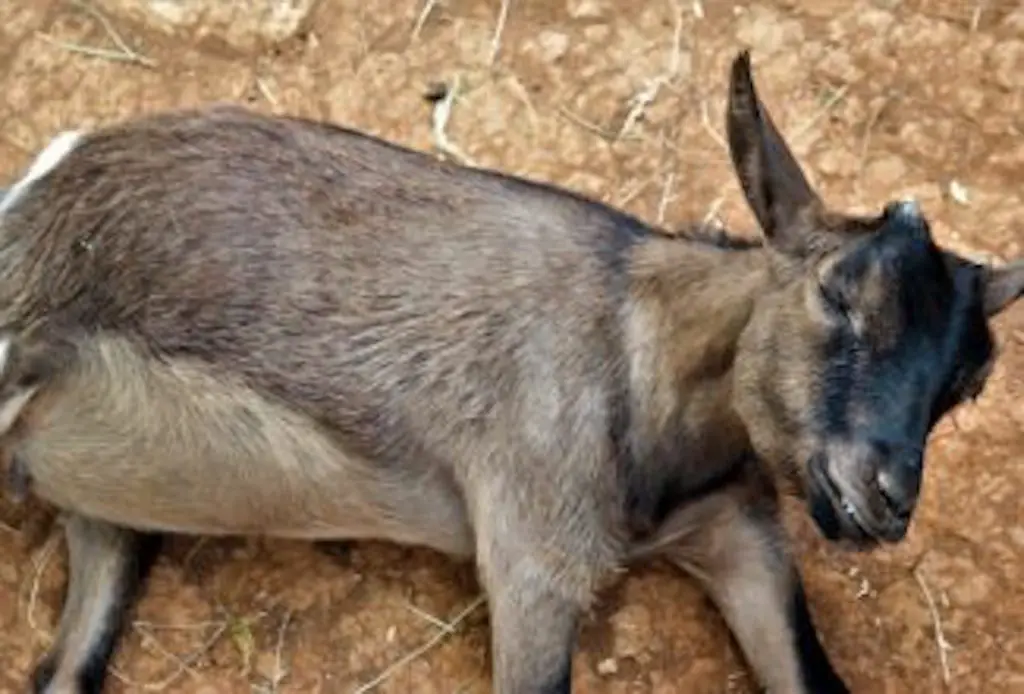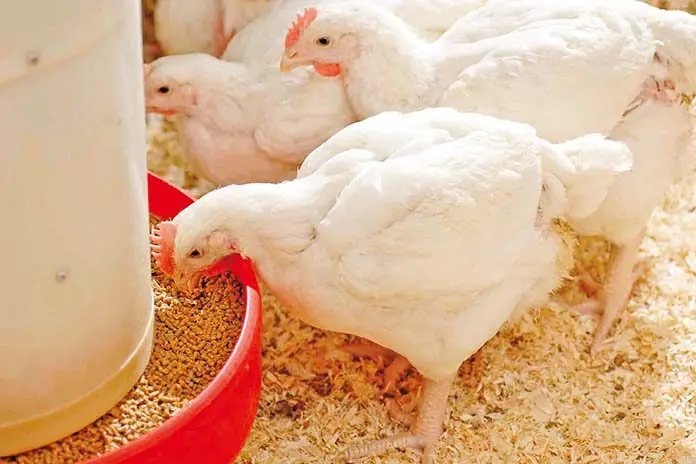Although it is a misconception to say pigs can eat anything, they are not very fussy eaters and can readily feed on anything. This has given pigs a reputation for being messy animals shunned by some religious sects or people afraid of getting gastric worms. However, this ability to feed on a wide variety of feeds makes pigs a popular choice of livestock across the world as they can be fed cheaply with locally available raw materials. The banana is a common fruit in the tropics with the whole plant used for feeding pigs from the stems to whole or parts of the fruit. Banana peels a byproduct from banana consumption can be used for feeding pigs in the tropics where supply is abundant.
Contents
Digestive System Pig
Pigs have a simple digestive system very similar to human beings and are classified as monogastric which means one stomach. Although they have a superior ability to digest fiber, than other monogastric animals, pigs will not digest very high fiber feeds like grass and other forages well. Pigs are in a sense omnivores feeding on a wide variety of feeds but require mostly energy and protein to survive and thrive. Bananas fruits are starchy on the inside and covered by a skin that is also starchy and easily digestible by pigs providing energy and fiber.
Diet Suitable for pigs
Feeds for pigs in most countries are mostly grain based with grains supplying the bulk of energy required by pigs. Bananas, here referring to the whole plant and fruit used in the tropics where bananas are abundant as an energy source for pigs. The diets fed are mostly high energy and low fiber for fattening pigs. Soya meal and other oil seed by-products are used as protein sources, while cereal grain by-products like brans are used as fiber sources. Feeds high in energy and protein and low in fiber are most ideal for feeding pigs. Banana peels are both a source of energy and fiber for the pigs making them an ideal feed where available.
What is Nutrient Profile Banana Peel
Banana peels can be fed to pigs yielding good growth results, fed both fresh or dried. Inclusions of up to 20% dried banana peels in pig feed have been shown not to have any effect on the growth performance of pigs. Banana peels are a very variable feed in terms of nutrients depending on the variety and maturity of the fruits at harvesting. The starch and fiber content of the banana peels increases as the fruits mature or ripen. Below is a typical nutritional analysis of mature banana peels for pig feed.
Table 1: Nutrition Profile Banana Peels In Pig Feeding
| Analysis | Unit | Composition |
| Dry Matter | % as fed | 15.4 |
| Crude Protein | %DM | 7.1 |
| Crude Fiber | %DM | 9.9 |
| Gross Energy | MJ/kg DM | 18.4 |
| Energy Digestibility | % | 74.6 |
| DE Growing Pig | MJ/kg DM | 13.8 |
| Calcium | g/kg DM | 4.6 |
| Phosphorus | g/kg DM | 1.0 |
How to Feed Banana Peels to Pigs?
Banana peels are a byproduct of household cooking or consumption and their supply can be limited according to region. However, the feeding methods will be the same for example fed fresh as a snack or dried as part of a main diet where available quanties are reasonable to warranty this processing. Peels from both unripe and ripe bananas can be feed to pigs chopped to avoid choking hazards when incorporated with other feeds.
What is The Difference Between Bananas and Plantains?
Plantains are generally termed cooking bananas and are less sweet but starchier than the common desert bananas commonly eaten as fruit. The distinction is not always clear and in many regions all bananas are eaten either raw or cooked. But one noteworthy thing is that plantain peels contain less fiber than banana peels and are more readily available which could increase their inclusion in pig feeds
Can Pigs Eat Other Parts Banana Plant?
Apart from the peels pigs can eat the whole banana plant including fruits, which makes the banana a very useful and versatile feed for pigs in many regions. The stems and leaves are mostly water and fiber with very little in terms of other nutrients but have been shown to fight against gastric worms in pigs. While banana stems are normally chopped up and fed fresh to pigs, the leaves can be fed fresh or dried as a meal.
Limitations Of Feeding Banana Peels to Pigs
Feeding banana peels is a viable option for feeding pigs where the supply of bananas and the peels is readily available, however, the skins contain some chemicals that can limit their use in pig feeding. For example, banana peels contain tannins which have anti-nutritional effects on pigs reducing feed intake and growth performance. There are also reported incidences of pesticide and mycotoxin poisoning from feeding banana peels so care should be taken to check the conditions that the bananas have been grown to reduce such risks.
Other Fruits That Pigs Can eat
Pigs can be called opportunistic feeders, feeding on a wide range of feed resources, these resources include fruits, vegetables, seeds, and grains. Bananas as a fruit are technically a berry and pigs can eat other berries like blueberries, and strawberries. Pigs can also eat other fruits apart from those from the berry family and are sometimes used in fruit orchards to pick up and eat fallen fruit. Fruits can provide valuable nutrients like energy and vitamins and minerals vital for pig growth and health performance.
Conclusion
Pigs can eat banana peels both as a snack and/or as part of a complete diet designed for growth performance. When included in complete diets, not more than 20% of the peels should be included in the final feed as this can reduce the growth performance of the pigs. The main limiting factors to the mainstream feeding of pigs on banana peels are supply and the presence of tannins in the unripe peels which limits intake. There are no harmful effects of feeding banana peels to pigs as a snack and not in excess of recommended levels.
